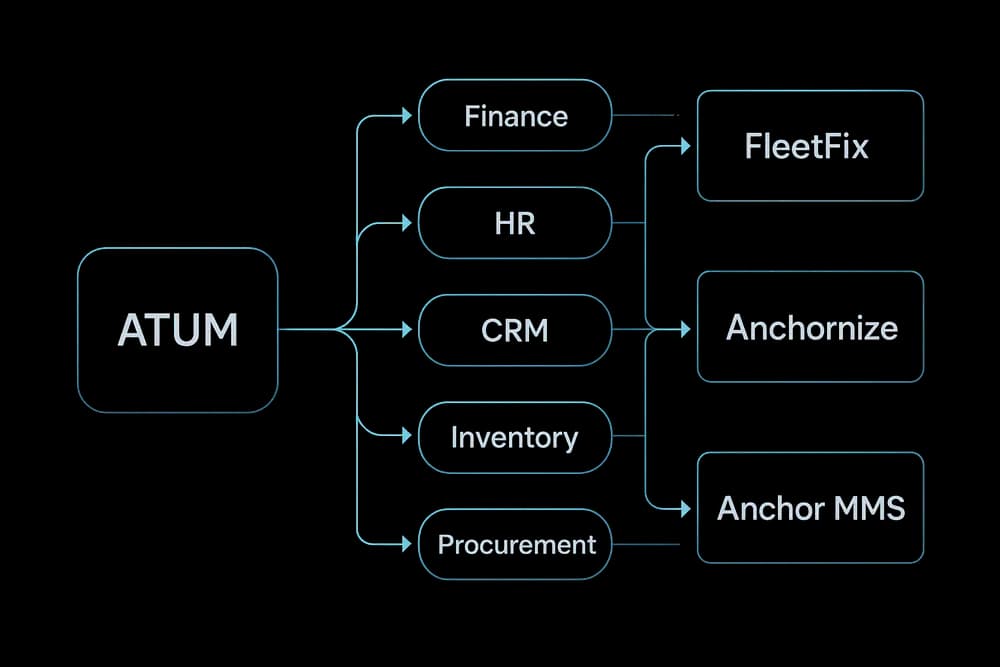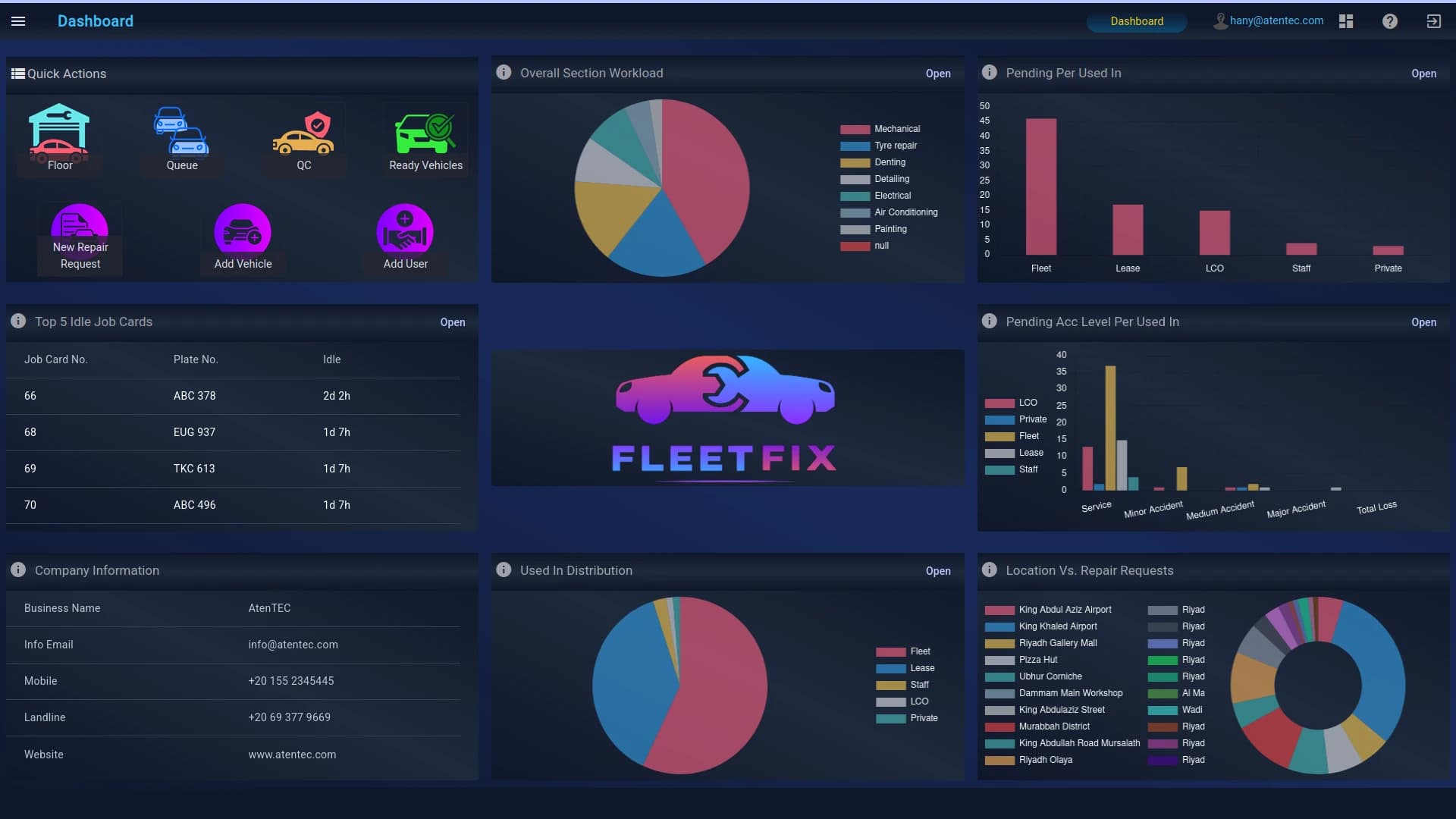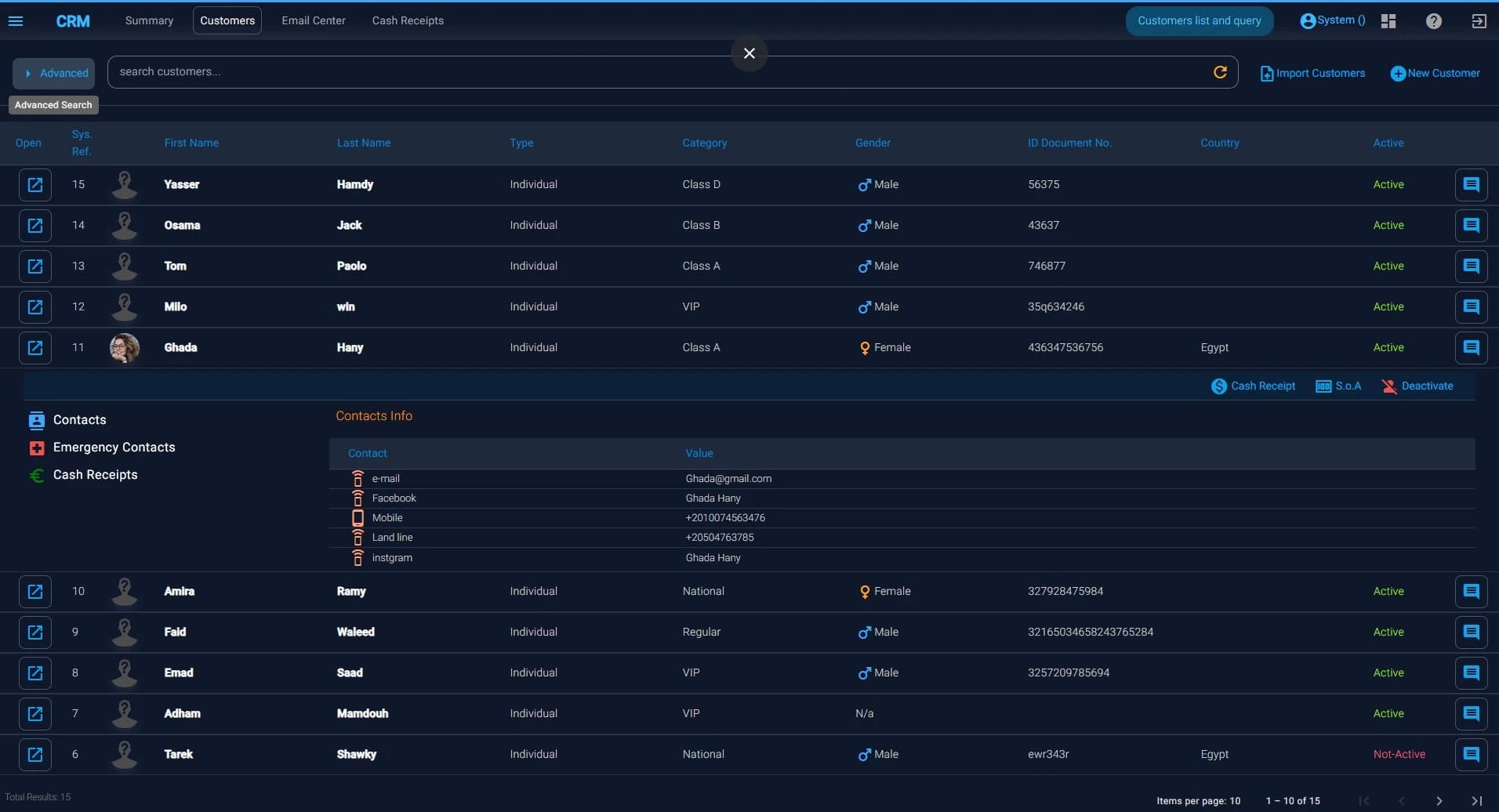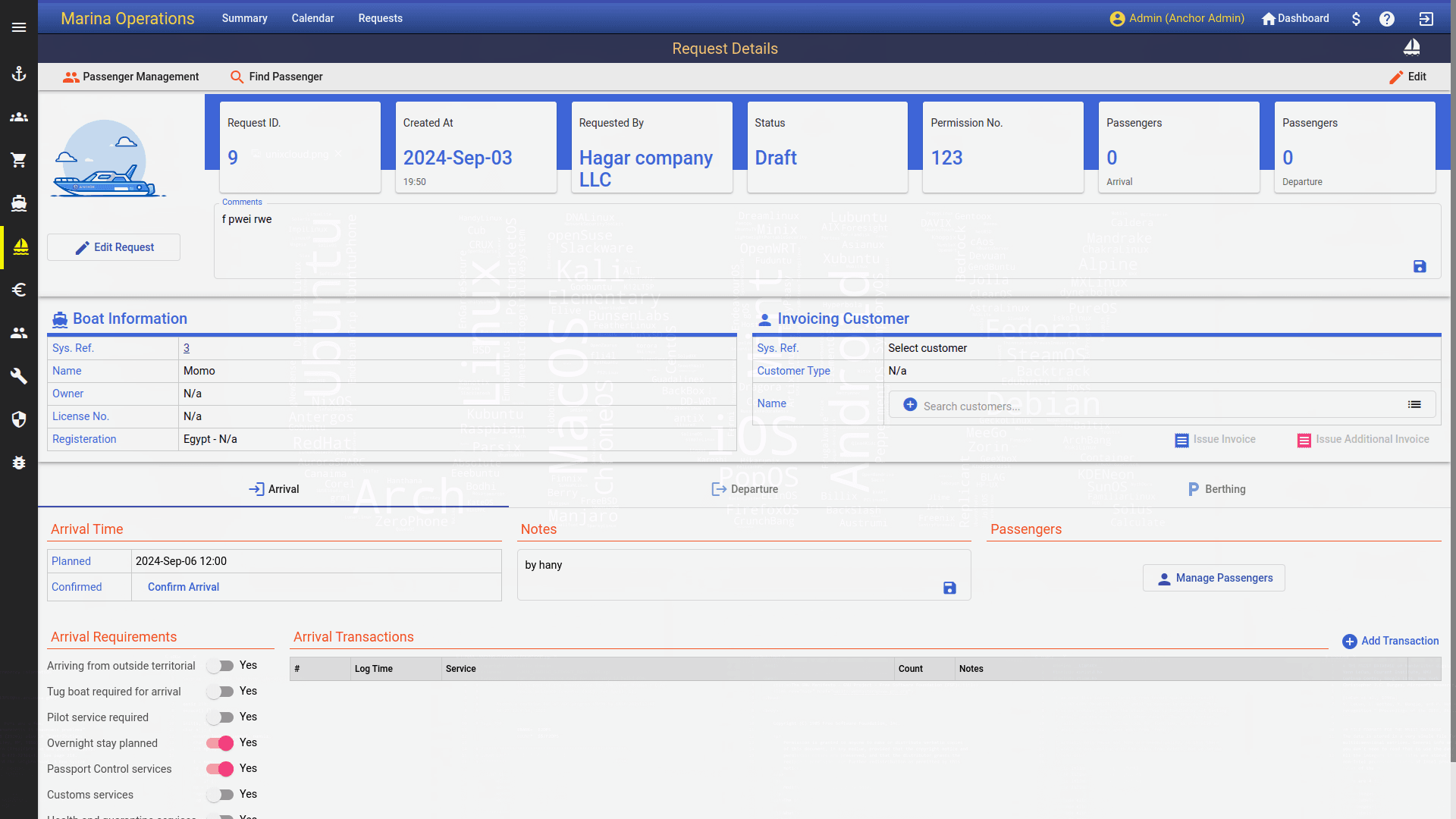
ATUM Platform
The Engine Behind Purpose-Built Business Platforms
ATUM is not an ERP — it’s the modular, workflow-driven architecture that powers our enterprise solutions. Built with microservices, defined by business logic, and customized through declarative workflows, ATUM adapts to your operations, not the other way around.

Why We Didn’t Build Another ERP
The market is crowded with boxed ERP systems that promise flexibility but enforce rigid workflows and generic modules. After working with real businesses across industries, we realized the one-size-fits-all model simply doesn’t work.
Modularity Over Monoliths
Traditional ERPs are bloated. ATUM is built as a collection of autonomous, domain-specific modules — connected through service orchestration, not rigid coupling.
Workflow-Driven, Not Feature-Driven
Instead of pre-defined menus and feature toggles, ATUM uses a workflow layer that adapts each module to your actual business logic, not the other way around.
Integration-First Architecture
Whether you use our modules or integrate third-party systems, ATUM’s microservice API design allows clean, secure, and future-proof connectivity.
Purpose-Built, Not Market-Packed
We build ATUM to support vertical platforms like FleetFix, not to compete with generic ERPs. It’s engineered for real-world operations, not marketing buzzwords.
How ATUM Works: Modular Logic Meets Declarative Workflows
ATUM modules are built with two distinct layers. The core layer defines the essential operations and objects, while the workflow layer adapts them to each business case — extending logic, enriching data, and customizing flow behavior through a declarative configuration engine.
How ATUM Works: Modular by Design
ATUM is not a traditional ERP with rigid logic or predefined workflows. It’s a composable system made of functional modules, each built with two foundational layers:
Core Module Layer
Defines the essential business logic and objects for the module — reusable across implementations. Think of it as the “engine” that drives a particular domain (e.g., Customers, Invoices, Items).
Workflow Layer
Adapts the core logic to your actual operations. It defines validations, rules, and lifecycle behaviors that match how your business truly works.
This layered approach gives ATUM its unique ability to be tailored per client, while maintaining the reliability and structure of a standard ERP.
Conceptual Design
CRM
Core Module
- Customer entity definition
- Search & filter operations
- Lifecycle event hooks
CRM
Workflow Layer
- Custom contact fields
- Onboarding validations
- Lead conversion rules
CRM
Operations
Finance
Procurement
Analytics
Documents
Security
Explore more details about ATUM
Download ATUM Technical Profile
Examples of Modular Composition
Inventory
Core Module Layer
- Product stock tracking
- Warehouse definitions
- Stock-in / out flows
Inventory
(Workflow Layer)
- Low-stock rules
- Multi-location restock
- Reserved item handling
Finance
Core Module Layer
- Chart of accounts
- Transaction engine
- Voucher management
Finance
(Workflow Layer)
- Custom invoice lifecycles
- Approval flows
- Cost center allocations
Procurement
Core Module Layer
- Vendor records
- Purchase requests & orders
- Receiving & invoicing
Procurement
(Workflow Layer)
- Tender evaluation rules
- Budget constraints
- Approval tiers
HR
Core Module Layer
- Employee records
- Departments & roles
- Attendance basics
HR
(Workflow Layer)
- Leave approval chains
- Shift planning
- Payroll adjustments
Full-Fledged Modular System
(These module stacks are illustrative. In production, ATUM modules typically include deeper domain-specific properties, conditional logic, and multi-branch workflow configurations.)

ATUM in Action: Supporting Our Flagship Platforms
While ATUM is not sold as a standalone ERP system, it plays a critical role in powering our specialized products like Aten FleetFix, Anchornize, and Anchor Marina Management. Each of these platforms is tailored for its industry, yet shares the same robust foundation — ATUM’s modular architecture.

Examples of ATUM Usage
Aten FleetFix
Aten FleetFix Excellence Management
Enterprise platform for vehicle maintenance and operations. ATUM powers its backend with Inventory, Procurement, Finance, and HR modules.

Dashboard Module in Aten FleetFix
Custom dashboard widgets using ATUM’s core workflow engine.
Anchornize
Water Sports Community Platform
Community-first SaaS for diving and watersport clubs. Powered by ATUM’s CRM, Membership, and Finance modules.

CRM Filtering & Segmentation
Built on ATUM CRM core with custom logic in the workflow layer.
Anchor Marina Management
Marina Management Suite
Managing marinas, vessels, and operations. ATUM adds Procurement, HR, and Asset modules to support the full workflow.

Ship Request Arrival in Anchor Marina Management
Using ATUM’s microservice and document flow control for preparing ship arrival requests.

Built With an Advanced Stack
Not built on off-the-shelf ERP libraries or traditional frameworks.
ATUM is not built on off-the-shelf ERP libraries or traditional frameworks. It’s built using AtenGAPI and AtenF — our proprietary technologies designed to support domain-driven modular architectures.
Each core module is implemented as a microservice using AtenGAPI, with business logic defined declaratively using our runtime layer (AtenGAPI-Runtime). Finance and accounting modules are powered by AtenF — our proven, reusable financial service layer adopted across multiple platforms.
This approach allows ATUM to scale and adapt to any implementation while maintaining consistency, performance, and clarity.
AtenGAPI-Gen4
Core business logic microservices engine
AtenGAPI-Runtime
Declarative workflow and execution runtime
AtenF
Modular finance and accounting foundation
Composable Modules
Each service built and adapted independently
Workflow Layer
Customizes module logic per implementation
Frequently Asked Questions
Is ATUM a complete ERP?
ATUM is not a traditional all-in-one ERP. It’s a modular platform where you choose only the modules you need, and customize them per implementation. Think of it as ERP made composable.
How is ATUM different from traditional ERP systems like Odoo or SAP?
Traditional ERPs offer rigid, monolithic systems. ATUM uses microservices and a workflow layer to allow full customization per deployment — without reinventing the core logic.
Can I use ATUM without buying other products?
Yes. While we typically offer ATUM to power our larger platforms like FleetFix, it can be deployed independently if your use case benefits from its modular approach.
Does ATUM support custom workflows?
Yes — every module in ATUM has a workflow layer. You can define object extensions, conditions, and process flows using our declarative logic language.
How long does it take to implement ATUM?
Implementation time depends on the number of modules and customization level. On average, projects range from a few weeks to a few months.
Can ATUM integrate with our existing systems?
Absolutely. ATUM is built API-first and supports both outbound and inbound integrations with third-party platforms.

Is ATUM Right for You?
ATUM isn’t a one-size-fits-all ERP. It’s a modular backend designed for teams building tailored business platforms that require flexibility, integration, and deep workflow control.
If your business depends on domain-specific workflows, evolving operational models, or needs to unify multiple systems under a single logic layer — ATUM is likely what you’ve been looking for.
Tech-driven organizations building custom platforms (e.g. Aten FleetFix, Anchor Marina Management)
Teams that need fine-grained control over workflows and business logic
Enterprises looking to modernize legacy ERP functionality with modular design
Solutions architects building domain-specific B2B SaaS
Developers and CTOs who want APIs, not GUIs

Ready to tailor your ERP?
Book a free consultation and see how ATUM can adapt to your business.